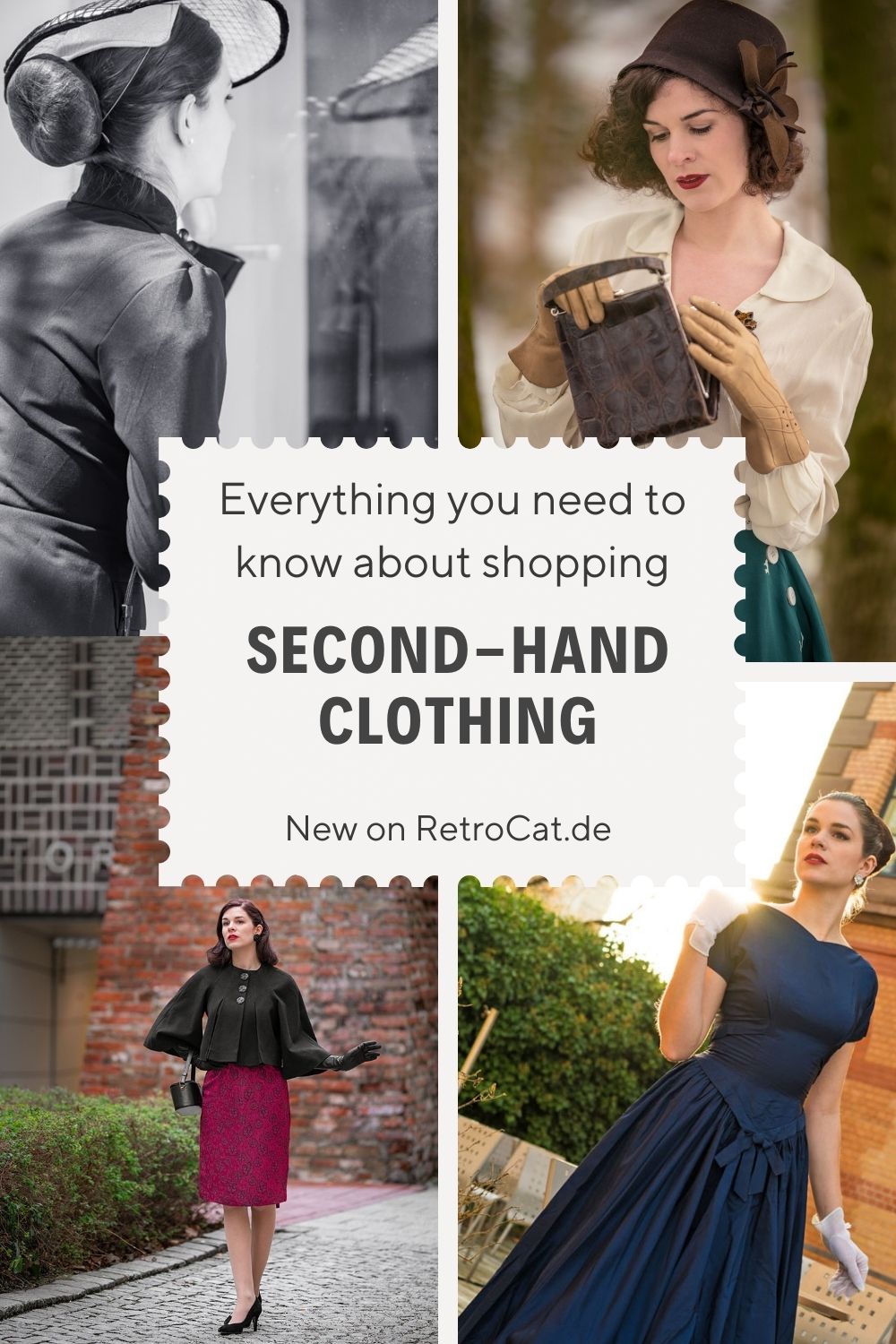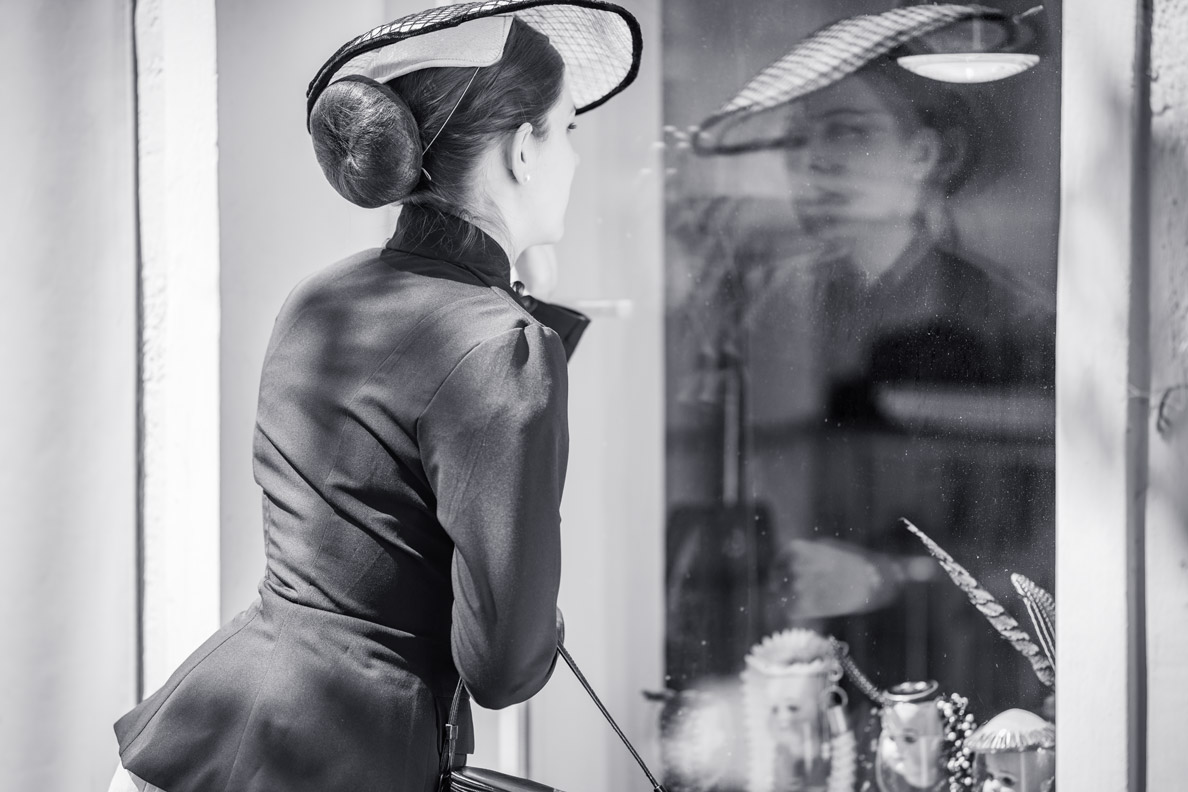
Buying vintage and second-hand clothing: The best tips for sustainable fashion bargains
Buying second-hand clothing is a fantastic and sustainable alternative to fast fashion. It’s also a great way to discover unique pieces with history. Whether you’re looking for glamorous vintage treasures, high-quality designer pieces, or budget-friendly basics, knowing the right tips can help you avoid disappointments and find true gems.
In this guide, you’ll learn:
- What to look for when buying pre-owned clothing
- Which vintage pieces are worth the investment—and which ones to avoid
- How to properly clean and care for second-hand fashion
1. Choosing the Right Size for Vintage and Second-Hand Clothing

Second-hand clothing, especially from private sellers, often cannot be returned. That’s why ensuring a good fit is crucial. Sizes can vary greatly by brand, so it’s a good idea to check the brand’s size chart, often available on their official website. If that’s not possible, ask the seller for exact measurements.
Tip: Measure a similar item from your wardrobe and compare its dimensions to the second-hand piece. This reduces the risk of buying something that doesn’t fit.
If you already suspect that the item may not fit perfectly but still want to buy it, consider the following:
- Too long? This can often be easily and affordably altered by a tailor.
- Too short? Unless the hem allows for lengthening, it’s best to skip it.
- Too wide? Minor adjustments are usually possible but can be costly.
- Too tight? Making garments bigger is typically challenging and not always possible.
Always factor in potential tailoring costs when buying second-hand clothes that don’t fit perfectly. If you can sew, you have a clear advantage!
2. Safe Payment for Second-Hand Clothing – Buyer Protection Matters
Be cautious when purchasing from private sellers. Whenever possible, use PayPal (Goods & Services) to ensure buyer protection. Avoid the “Friends & Family” option, as it doesn’t offer any recourse in case of fraud. Marketplaces like Vinted also provide buyer protection if you purchase directly through their platform.
Personal Experience: I once received a refund for an item that never arrived through Vinted’s buyer protection—hassle-free and efficient!
3. Checking for Defects in Vintage Fashion

Before making a purchase, examine the photos and descriptions carefully. Minor issues like missing buttons can usually be fixed easily, but stubborn stains or holes may not be worth the trouble.
Tip: Ask the seller for additional photos or even a video—especially when buying expensive designer pieces!
4. How to properly clean Second-Hand Clothing
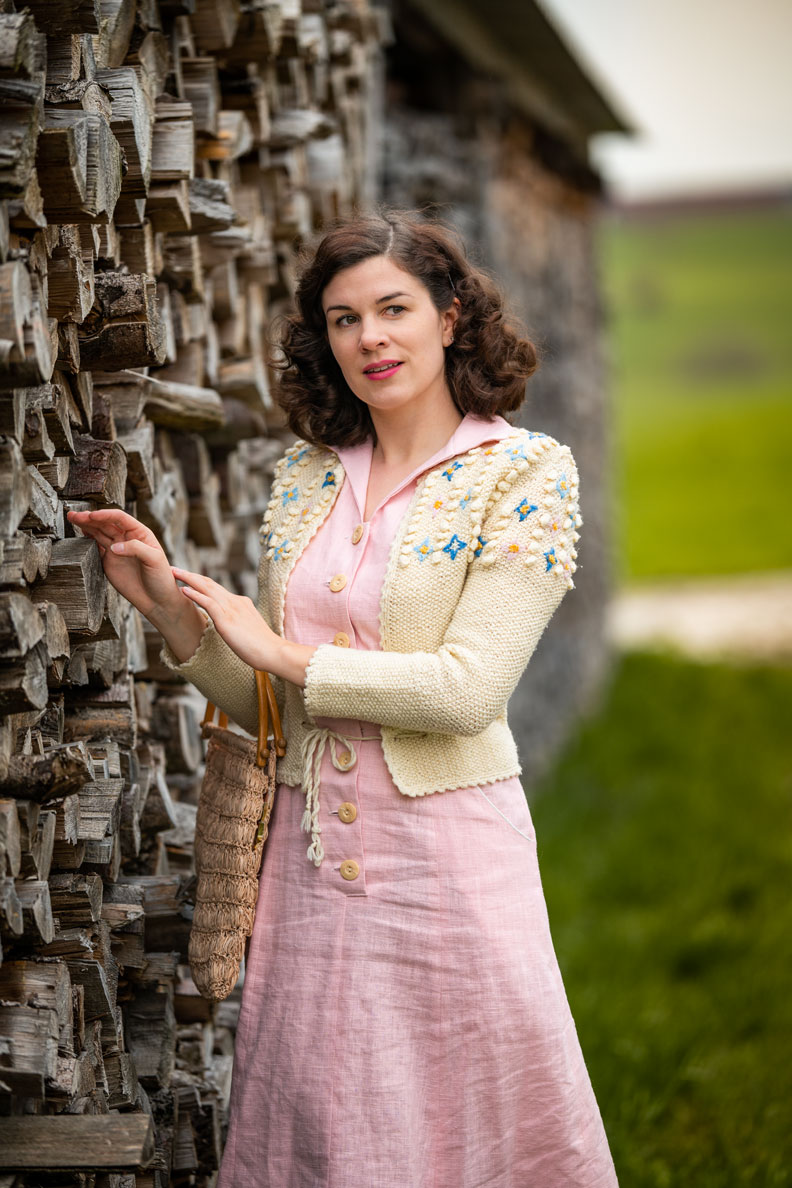
Even if a garment looks clean, you never know how it was stored. Always wash it thoroughly before wearing it.
Washing Guidelines for Second Hand Clothes:
- Cotton & Synthetics: Regular wash at 30–40°C (86–104°F)
- Wool & Silk: Gentle wash or professional dry cleaning
- Leather & Delicate Fabrics: Use specialized cleaning products
Bonus Tip: Freeze wool garments for a few days to eliminate potential pests like moths.
5. Which Second-Hand Clothes Are Worth Buying – And Which Are Not?
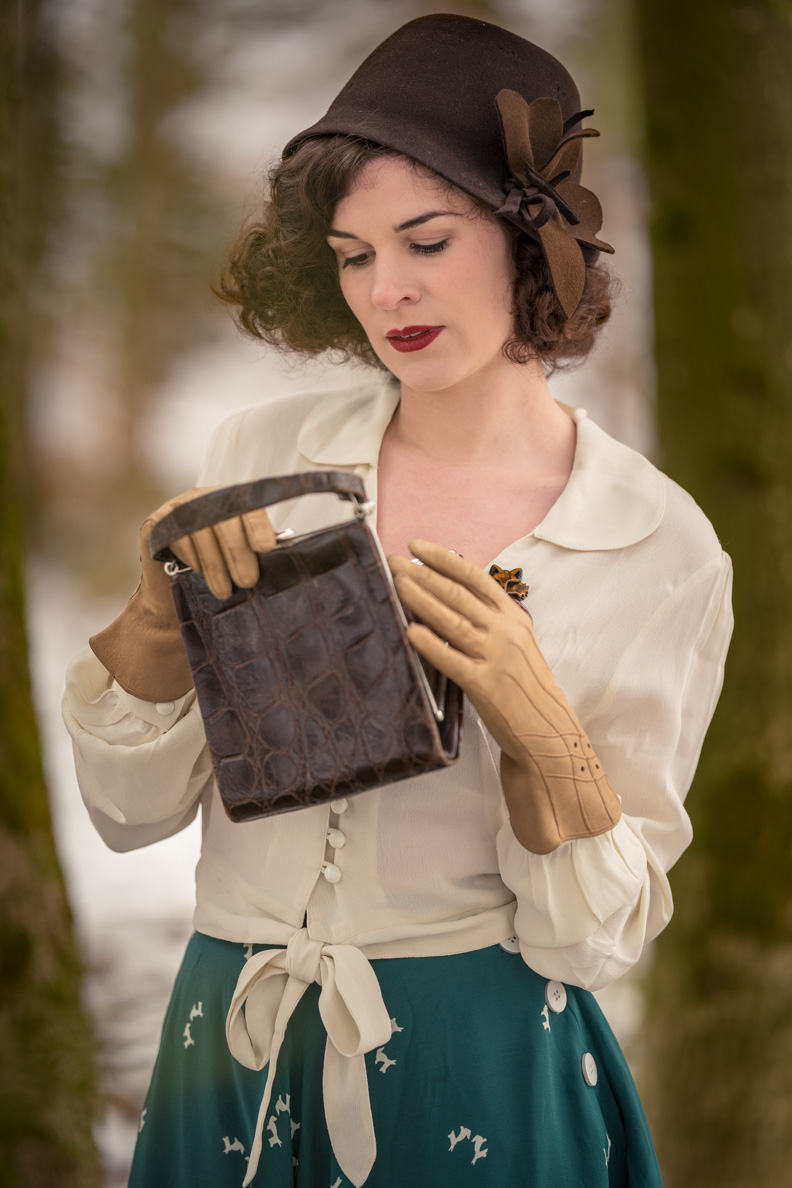
Some pieces make fantastic second-hand finds, while others are best bought new.
Great Second-Hand Finds:
- High-quality materials: Natural fabrics like wool, silk, and leather last longer and are often great deals when bought second-hand.
- Designer pieces: You can find premium brands in excellent condition for a fraction of the original price.
- Vintage dresses: Timeless classics that pair well with modern outfits.
- Accessories: Bags, belts, and hats add flair to any look and are often well-preserved. They are also some of my favorite vintage finds.
Items to Avoid Buying Second-Hand:
- Underwear & socks: Best bought new for hygiene reasons.
- Swimwear: Often stretches out and is difficult to assess for hygiene.
- Sneakers & sandals: Soles may be worn down, and cushioning degrades over time.
- Cheap fast fashion: Low-quality items rarely last long, so they are usually not worth theri money, even second-hand.
6. Sustainable Second-Hand Shopping – Avoid Overconsumption
While second-hand shopping is more sustainable than buying new, it’s still important to shop mindfully. Avoid impulse purchases just because an item is cheap.
My Tip: For every new (or second-hand) item you buy, donate or sell an old one you no longer wear. If you need help decluttering your wardrobe, check out this blog post: How to Clean Out Your Closet the Right Way.
7. How to Identify Authentic Vintage Pieces
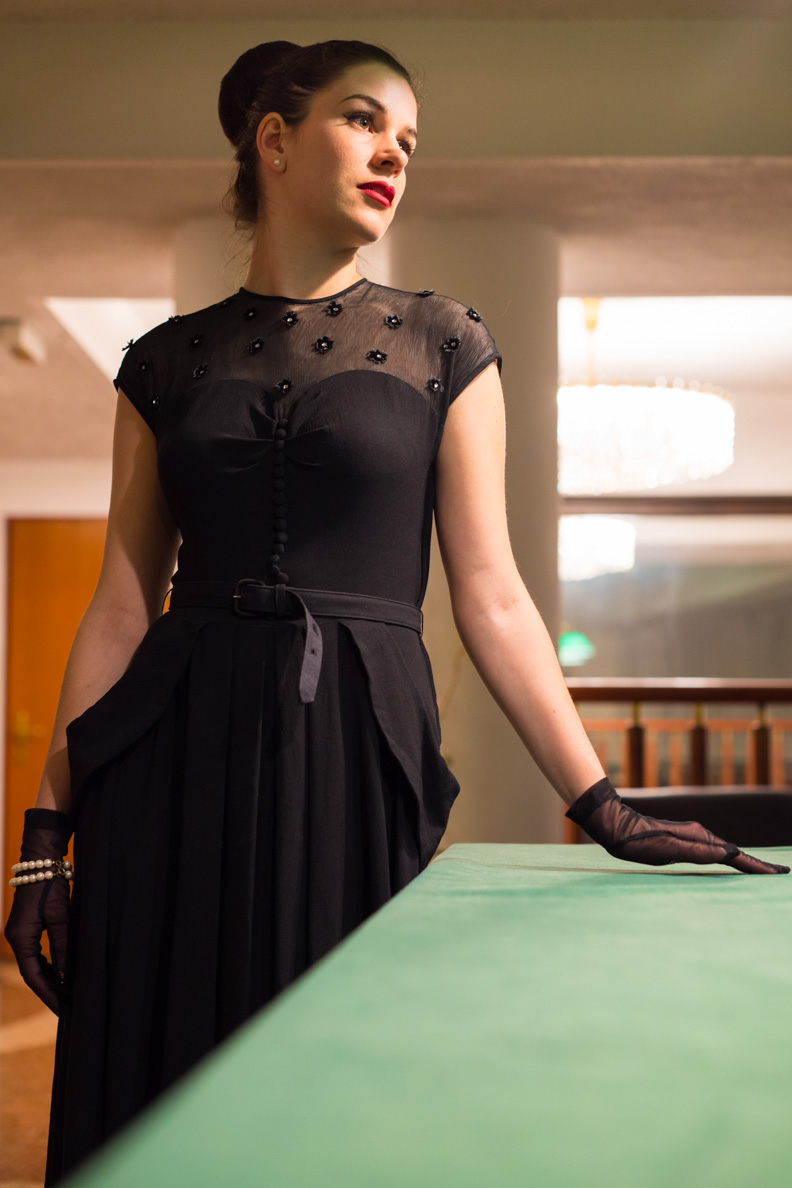
True vintage clothing usually dates from the 1920s to the 1990s and differs from retro-style clothing in terms of materials, craftsmanship, and labels. Look for old brand tags, hand-sewn details, and natural fabrics like wool or silk. Metal zippers and real mother-of-pearl buttons are also common indicators of true vintage. If in doubt, research the brand or label to confirm its authenticity!
Final Thoughts: Shop Second-Hand Fashion Mindfully and Enjoy Your Finds for Years
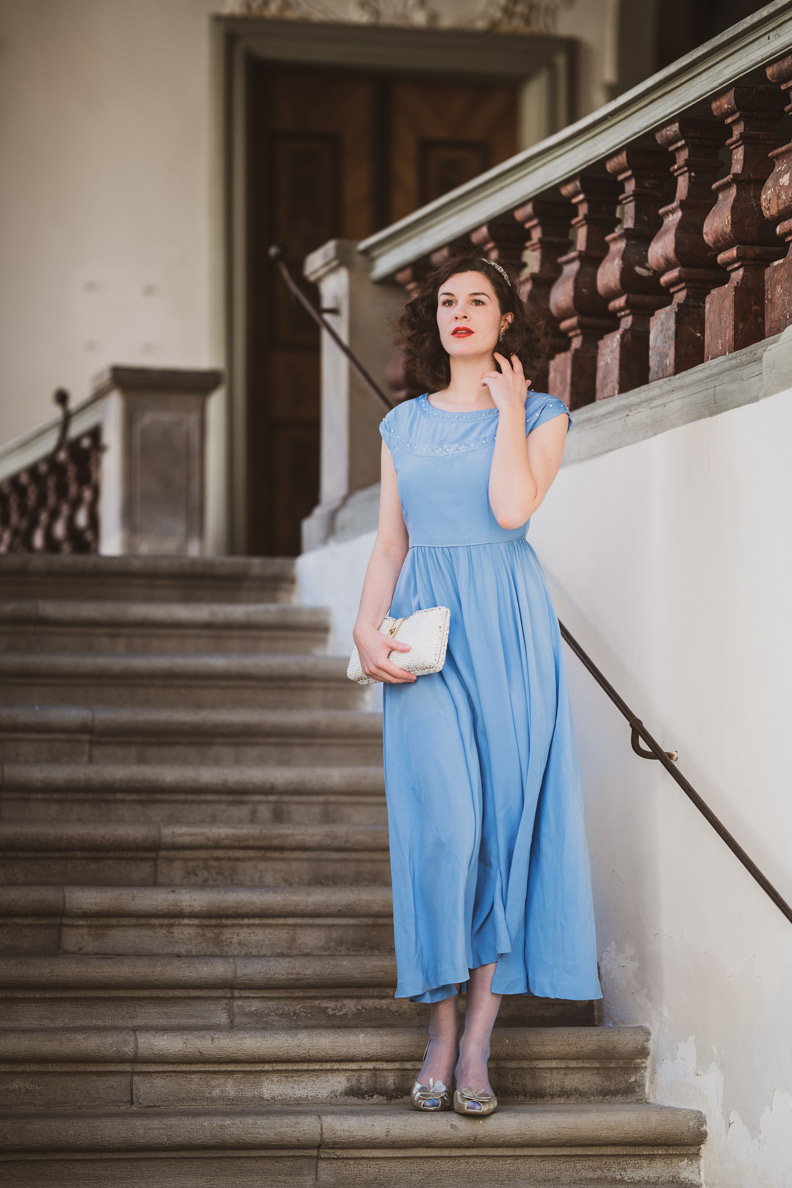
Second-hand shopping is a fantastic way to embrace sustainable fashion, save money, and discover unique pieces. By following these tips, you’ll ensure that your pre-loved treasures not only look great but also stand the test of time.
Second-hand shopping is like a treasure hunt—sometimes it takes patience, but with a little luck, you’ll find true gems. Happy shopping! 😊
*Affiliate links
Quick FAQ: Second-Hand Shopping at a Glance
Which second-hand clothing items are worth buying? High-end designer pieces, vintage fashion, accessories, and high-quality natural fabrics like wool, silk, or leather.
Which clothing items should I avoid buying second-hand? Underwear, socks, swimwear, and overly worn shoes due to hygiene and durability concerns.
How can I pay safely when shopping second-hand? Use PayPal (“Goods & Services”) or in-app payment methods like those on Vinted for buyer protection.
How do I clean second-hand clothing properly? Cotton & Synthetics: Wash at 30–40°C (86–104°F) / Wool & Silk: Use gentle wash cycles or professional cleaning / Leather: Use specialized cleaners / Bonus: Freeze wool garments to eliminate pests!
Is second-hand fashion truly more sustainable? Yes, as long as you shop consciously! Buying second-hand reduces waste, saves resources, and extends the life of clothing.
More Tips on Second-Hand Shopping:
- The Best Platforms for Buying Pre-Owned Fashion
- Vintage Stores in Munich: The Best Places for Offline Shopping
Have you ever scored an amazing second-hand fashion find? Share your best tips in the comments!
Tip: Save this post on Pinterest!
